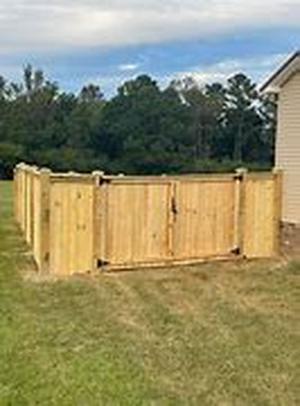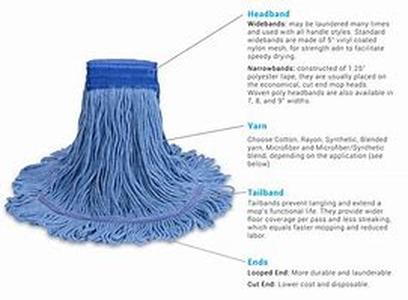
Unlike Other Termite Groups, Dampwood Termites Specifically Feed On Damp, Decaying Timber, As What Their Name Suggests. They Are Usually Found In The States Along The Pacific Coast, Including Montana, Northern Nevada, Idaho, Northern California, Oregon And Washington. However, A Less Damaging Species Of Dampwood Termites Can Also Be Found In Southwest USA And Certain Areas In Southern Florida.Distinguishing CharacteristicsLike All Termite Types, Dampwood Termites Live Under A Caste System Comprised Of Reproductives, Soldiers And Workers. A Typical Termite Would Undergo The Following Stages: Egg, Nymph, Adult. There Is No Pupal Stage In The Termite Life Cycle.The Eggs And Nymphs Of Termites Do Not Look Apart From Each Other, Regardless Of Species. It Is The Adult That One Can Notice Marked Differences. One Of The Most Obvious Distinctions That Dampwood Termites Have Is That They Are Generally Much Larger More Than A Half Inch. Swarmers, Or Alates (the Female Or Male Reproductives Of Termites) Are About An Inch In Length, Including Their Wings. Soldier Dampwood Are Also Larger Than A Typical Worker Termite, With Huge Reddish-brown Heads And Large Mandibles. Feeding HabitsUnlike Subterranean Termites, Dampwood Termites Do Not Form Shelter Tubes When They Travel Across The Ground Surface Towards A Certain Food Source. Because They Do Not Depend On Constant Contact With Soil To Maintain Their Moisture Level, Dampwood Termites Have No Use For Shelter Tubes. It Is Difficult To Identify The Damage Caused By Dampwood Termites During The Early Onset Of The Nesting Period. Termites Are, By Nature, Secretive Insects, And Dampwood Termites Usually Hide Behind The Wood They Are Eating So One Cannot See. Only When The Timber Starts To Show Surface Damage Would A Person Be Made Aware That The Wood Has Been Infested.Dampwood Termites Typically Eat Wood Across The Grain. They Would Consume Both Spring And Summer Wood. As They Consume First The Interior Of The Wood, They Would Create A Series Of Chambers Or Galleries Which Are Interconnected To Each Other By Tunnels. The Walls Of These Tunnels Are Often Smooth As They Were Sandpapered.How To Avoid ThemBecause Dampwood Termites Would Only Consume Wood That Are Damp, It Is Best If You Stay Alert If Your House Is Made Of Wood With High Moisture Content. Also, Wood That Is Contact With The Ground Or Found Near A Leaking Faucet May Be Highly Susceptible To Dampwood Termite Infestation. As They Eat, Dampwood Termites Excrete Faecal Pellets About 132 Inch Long. If You Find Any Of These Powdery-looking Pellets Anywhere Near Wood, Such As Furniture For Instance, Theres A Likely Chance That You Have An Infestation In Your Home.





